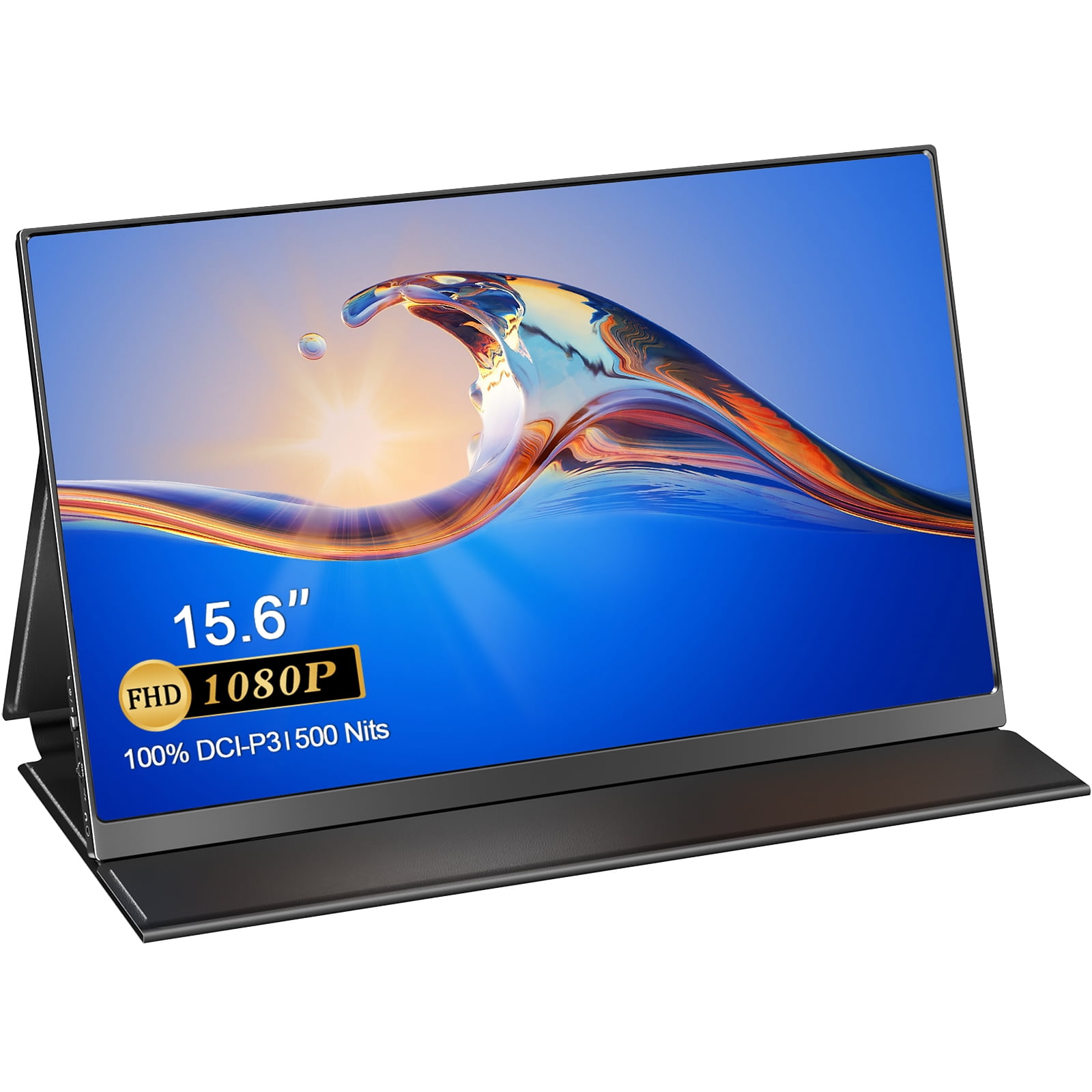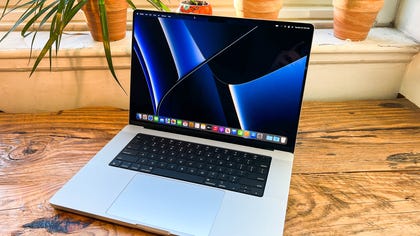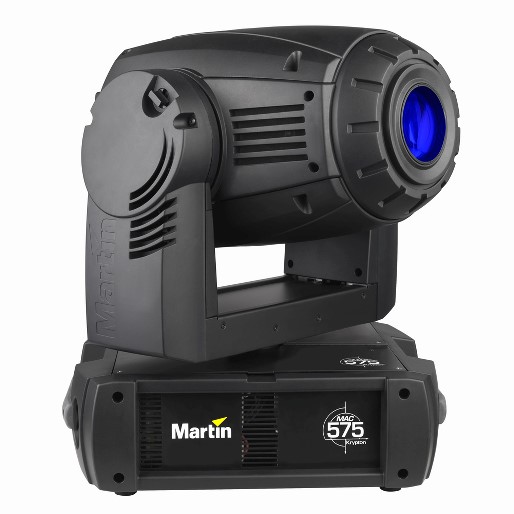
- #Brighter 3d mac how to
- #Brighter 3d mac movie
- #Brighter 3d mac full
Intuitively, the surface of an object is understood as the border between the object and the background. Top Surfaces What is the idea of a surface To use the current background color by default, see #How to change general view settings. A dialog opens, which lets you interactively adjust the background color. To change the background color of the 3D world, click on View › Change background color. See #How to general view settings for how you can avoid to show local coordinate systems in general. There are two types of coordinate systems: One global coordinate system, which indicates the origin of the universe, and one local coordinate system for each object.įor hiding the global coordinate system, have a look at “How to general view settings”įor hiding the local coordinate system, select the object and click on Edit › Hide/Show and disable ‘Show coordinate system’. To reset them, too, select each object and click on Transformation › Reset transformation. Note however, that this does not change the transformation of individual 3D objects. You can reset the 3D universe to its initial view by clicking on View › Reset View. To stop an animation, click on View › Stop animation.
#Brighter 3d mac movie
You can incorporate the resulting movie file in powerpoint presentations. If you want to include the recording in a presentation, save it via ImageJ’s ‘Save as AVI’ function.
#Brighter 3d mac full
The animation is now recorded for one full 360° rotation. If you now want to record such an animation, click on View › Start recording.

The view begins immediately to rotate around the y-axis. To animate the view, click on View › Start animation.
#Brighter 3d mac how to
Top How to make animations and movie recordings
Click on Edit › Attributes and select the attribute you want to change. Select the corresponding object by clicking on it. In greyscale images, this attribute has no effect.  Channels: In color images, the channels attribute specifies the channels to be displayed. Otherwise, it specifies the lower threshold of displayed pixels. Threshold: In case of surfaces, the threshold specifies the isovalue of the surface. Transparency: The transparency of the 3D object: A value of 0 means fully transparent, a value of 1 means fully opaque. If ‘None’ is selected, the color is taken from the stack image. These attributes have the following meaning: Top How to change the color, transparency… of a 3D objectĬolor, transparency, threshold and displayed channels of color images are so-called attributes of 3D objects. Selection is indicated by a red bounding box. An object is selected by a single left mouse click. To transform a specific object, that object needs to be selected.
Channels: In color images, the channels attribute specifies the channels to be displayed. Otherwise, it specifies the lower threshold of displayed pixels. Threshold: In case of surfaces, the threshold specifies the isovalue of the surface. Transparency: The transparency of the 3D object: A value of 0 means fully transparent, a value of 1 means fully opaque. If ‘None’ is selected, the color is taken from the stack image. These attributes have the following meaning: Top How to change the color, transparency… of a 3D objectĬolor, transparency, threshold and displayed channels of color images are so-called attributes of 3D objects. Selection is indicated by a red bounding box. An object is selected by a single left mouse click. To transform a specific object, that object needs to be selected. 
Individual objects can be transformed with the same key/mouse combinations. On many platforms, it is alternatively possible to scroll (while the ‘Hand’ tool is selected) for zooming.
Zooming: Zooming is done by selecting the ‘Glas’ tool in ImageJ’s tool bar and drag with the left mouse button. Translation: Dragging while pressing the ‘Shift’ key shifts the view. If no 3D object is selected, dragging with the left mouse button rotates the view around the universe center. Rotation: Select the ‘Hand’ tool in ImageJ’s tool bar. The user can rotate, translate and zoom in the 3D space: Two sorts of transformations are distinguished: 1. Top How to interact with the viewer (rotate, shift, zoom) Channels: If displaying color images, this specifies the color channels which are to be displayed.Īfter clicking OK, the 3D object appears in the viewer window. 
A value of 2 means here that the image is downsampled by a factor of 2 in x-, y- and z-direction.
Resampling factor: Large images require downsampling before displaying, to be rendered interactively. For all other display modes, this value is the lower threshold of displayed values. Threshold: For surfaces, this is the isovalue of the surface. Display as: Stacks can be displayed as volume renderings, orthoslices, surfaces or surface plots. The user can select from a list of all open images. Image: The image which should be displayed in the viewer. A dialog window opens, asking for some information: After you have started the 3D viewer, click on File › Add content.








 0 kommentar(er)
0 kommentar(er)
